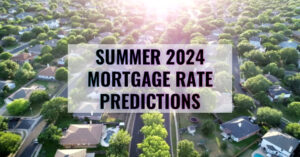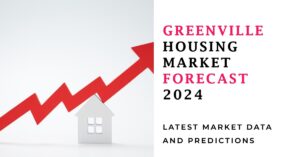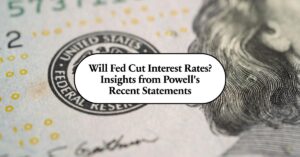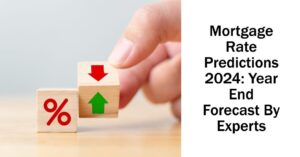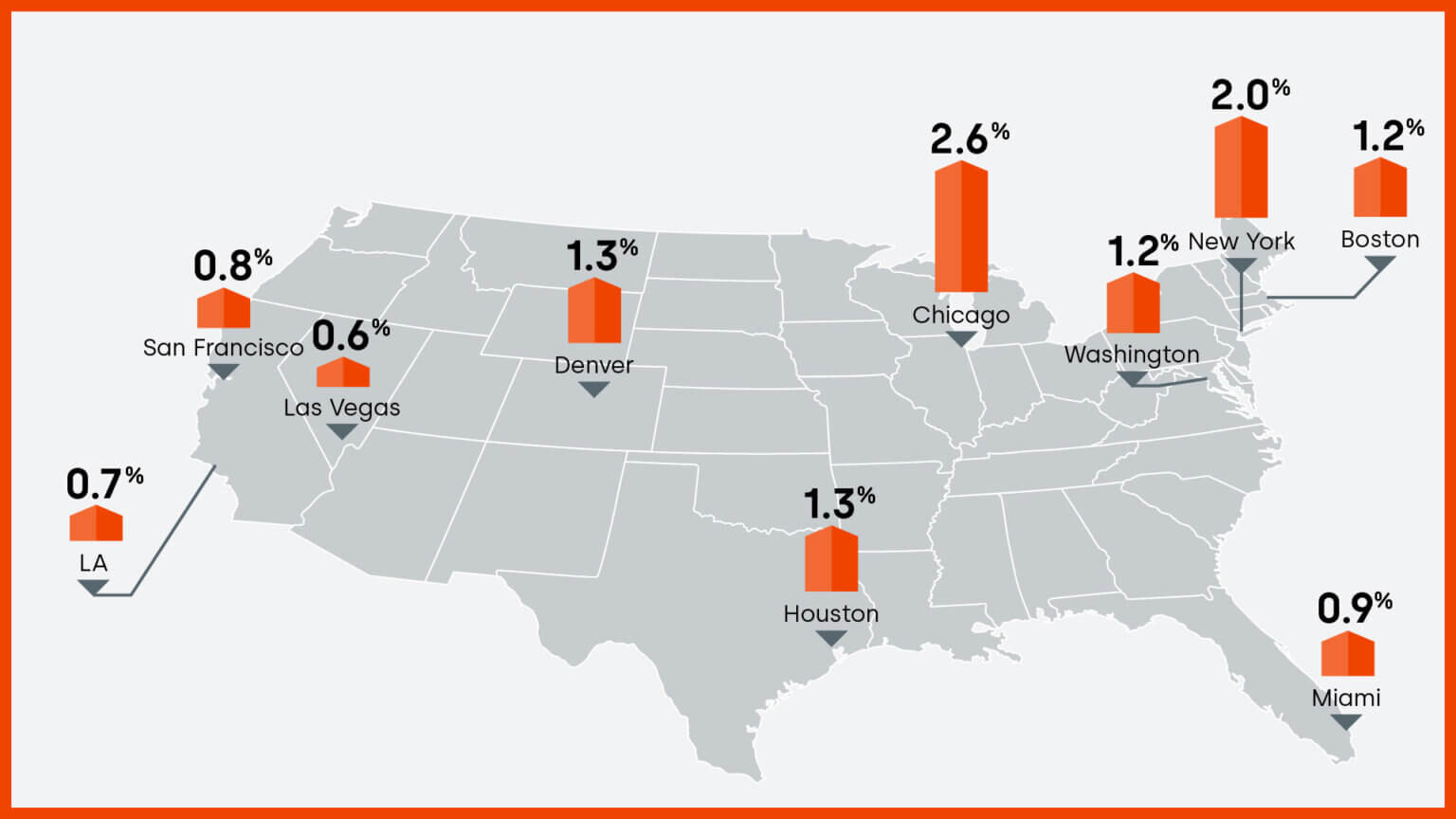If you are looking for a place to live in Colorado that won't break the bank, you are in luck. Colorado is a beautiful state with diverse landscapes, vibrant cities, and plenty of outdoor activities. But it is also known for being one of the most expensive states in the country, with high housing costs and a high cost of living.
However, not all places in Colorado are equally pricey. There are some hidden gems that offer affordable living options without compromising on the quality of life. In this blog post, we will explore the cheapest places to live in Colorado in 2024 (in no particular order).
10 Affordable & Cheapest Places to Live in Colorado in 2024
1. Federal Heights
Federal Heights is a small city in Adams County, with a population of about 14,382 people. It is located just north of Denver, making it convenient for commuters who work in the metro area. Federal Heights has a low cost of living, with an average home price of $226,000 and an average rent of $1,200 for a one-bedroom apartment. Federal Heights offers plenty of amenities for its residents, such as parks, trails, shopping centers, and restaurants. The city is also home to Water World, one of the largest water parks in the country.
2. Lamar
Lamar is a small town in Prowers County, with a population of about 8,000 people. It is located in the southeastern corner of the state, near the Kansas border. Lamar is known for its agricultural heritage and its rich history. The town has a very low cost of living, with an average home price of $107,200 and an average rent of $850 for a one-bedroom apartment. Lamar has many attractions for its residents and visitors, such as the Arkansas River, the John Martin Reservoir State Park, the Bent's Old Fort National Historic Site, and the Amache-Granada Japanese Relocation Center.
3. La Junta
La Junta is another small town in Otero County, with a population of about 7,000 people. It is located in the Arkansas River Valley, about 60 miles east of Pueblo. La Junta has a very low cost of living, with an average home price of $174,000 and an average rent of $750 for a one-bedroom apartment. La Junta has many historical and cultural attractions for its residents and visitors, such as the Koshare Indian Museum and Trading Post, the Otero Museum, the Picketwire Center for Performing Arts, and the Santa Fe Trail.
4. Fort Morgan
Fort Morgan is a mid-sized city in Morgan County, with a population of about 11,000 people. It is located on the eastern plains of Colorado, about 80 miles northeast of Denver. Fort Morgan has a low cost of living, with an average home price of $293,000 and an average rent of $950 for a one-bedroom apartment. Fort Morgan has many amenities and attractions for its residents and visitors, such as parks, golf courses, museums, and festivals. The city is also famous for being the childhood home of Glenn Miller, the legendary jazz musician.
5. Sterling
Sterling is another mid-sized city in Logan County, with a population of about 14,000 people. It is located on the South Platte River, about 110 miles northeast of Denver. Sterling has a low cost of living, with an average home price of $193,144 and an average rent of $900 for a one-bedroom apartment. Sterling has many outdoor activities and attractions for its residents and visitors, such as fishing, hunting, hiking, biking, and boating. The city also has several historical landmarks and cultural events, such as the Overland Trail Museum, the Logan County Courthouse, and the Sugar Beet Days festival.
6. Pueblo
Pueblo is a large city in Pueblo County, with a population of about 112,000 people. It is located in the southern part of the state, about 40 miles south of Colorado Springs. Pueblo has a low cost of living, with an average home price of $223,000 and an average rent of $1,100 for a one-bedroom apartment. Pueblo has many cultural and recreational attractions for its residents and visitors, such as the Pueblo Riverwalk, the Historic Arkansas Riverwalk Project, the Sangre de Cristo Arts Center, the Pueblo Zoo, and the Colorado State Fair.
7. Alamosa
Alamosa is a small city in Alamosa County, with a population of about 10,000 people. It is located in the San Luis Valley, about 230 miles southwest of Denver. Alamosa has a low cost of living, with an average home price of $293,000 and an average rent of $850 for a one-bedroom apartment. Alamosa has many natural and scenic attractions for its residents and visitors, such as the Great Sand Dunes National Park and Preserve, the Rio Grande National Forest, the Zapata Falls, and the San Luis Lake State Park.
8. Trinidad
Trinidad is a small city in Las Animas County, with a population of about 8,000 people. It is located near the New Mexico border, about 200 miles south of Denver. Trinidad has a low cost of living, with an average home price of $175,000 and an average rent of $800 for a one-bedroom apartment. Trinidad has many historical and artistic attractions for its residents and visitors, such as the Trinidad History Museum, the A.R. Mitchell Museum of Western Art, the Baca House, and the Trinidad Lake State Park.
9. Cañon City
Cañon City is a small city in Fremont County, with a population of about 16,000 people. It is located on the Arkansas River, about 45 miles southwest of Colorado Springs. Cañon City has a low cost of living, with an average home price of $265,000, and an average rent of $1,050 for a one-bedroom apartment. Cañon City has many adventurous and thrilling attractions for its residents and visitors, such as the Royal Gorge Bridge and Park, the Royal Gorge Route Railroad, the Skyline Drive, and the Museum of Colorado Prisons.
10. Fort Lupton
Fort Lupton is a small city in Weld County, with a population of about 8,000 people. It is located on the South Platte River, about 30 miles northeast of Denver. Fort Lupton has a low cost of living, with an average home price of $350,000, and an average rent of $1,200 for a one-bedroom apartment. Fort Lupton has many historical and cultural attractions for its residents and visitors, such as the Fort Lupton Museum, the Fort Vasquez Museum, the South Platte Valley Historical Park, and the Wild Animal Sanctuary.

